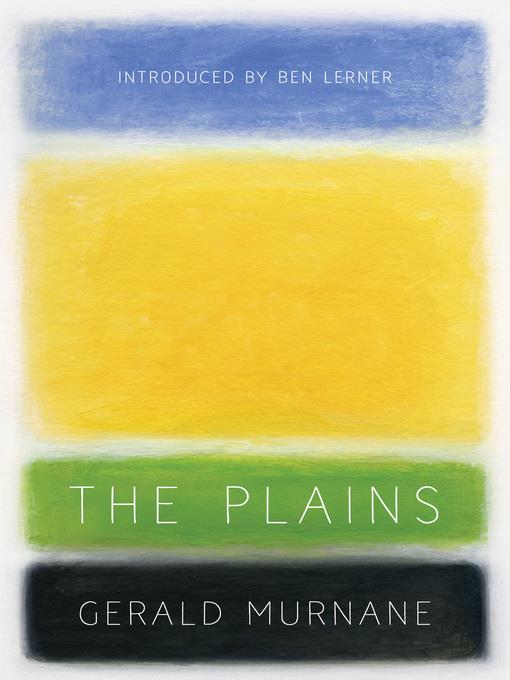
The Plains
کتاب های مرتبط
- اطلاعات
- نقد و بررسی
- دیدگاه کاربران
نقد و بررسی

December 20, 2004
It's not just a dog's life—it's a pig-cow-rat's life. In this deftly executed allegorical novel, Beig (Lost Weddings
) gives an episodic, animal-centered account of the life of a young woman in rural Germany between the two world wars. Brief chapters—"Horse," "Cat," "Pig," etc.—recount the protagonist's less-than-idyllic encounters with the natural world. At birth, Hermine resembles a mutant horse; at school, she finds herself unable to write the assigned essay "Hurray, We're Slaughtering!" As a young teacher, she inadvertently causes the injury of a pupil during a spirited game based on a bear hunt, and she maims a badger with her motorbike. Disowned by her family for killing their pet goose, she is even scolded by her husband: "No one can have an animal with you around." Granted, "some days Hermine liked well enough," but most days she loses her battle with the bestiary. Beig, who began writing in her late 50s, gives shape to her story by charting Hermine's growing awareness of an inner life that distinguishes her from the inhabitants of the animal kingdom and makes subtle reference to the tumult of 20th-century German history. Surrounded by slaughter, Beig suggests, we find comfort in our ability to reflect. This earthy, unsentimental novel is the perfect holiday gift for nihilists with a sense of humor.

Starred review from March 1, 2017
A man travels to Australia's interior plains planning to make a film about the region's people and culture, but mostly he ruminates in this wry, evocative novel.This reissue of a work first published in 1982 comes with an introduction by Ben Lerner that includes a nice analysis of Australian writer Murnane's (Something for the Pain: A Memoir of the Turf, 2016, etc.) often exquisite sentences. There is little in the way of character, action, or plot in this thinking man's fable. The unnamed narrator comes to an unnamed town on the plains, where he explains himself to plainsmen by telling "a story almost devoid of events or achievements." He feels the plains are "a place that only I could interpret." He hangs around in his hotel, where, one day, seven landowners arrive and hold audiences for various petitioners seeking their patronage. When the narrator sees them, the landowners converse in non sequiturs and then one of them offers the narrator a position in his mansion as "Director of Film Projects." He spends 20 years studying in the library, making notes, mooning over the man's wife and a daughter, and giving occasional progress reports on his film, The Interior. He is praised for his "apparent reluctance to work with camera or projector." Along the way, he examines such plains phenomena as a decadeslong dispute over whether the true view of the plains is that of the hazy, distant horizon or the rich detail in a patch of ground. Murnane touches on foibles and philosophy, plays with the makings of a fable or allegory, and all the while toys with tone, moving easily from earnest to deadpan to lightly ironic, a meld of Buster Keaton, the Kafka of the short stories, and Swift in "A Modest Proposal." Lerner calls Murnane's sentences "little dialectics of boredom and beauty, flatness and depth." The narrator calls the plains "a convenient source of metaphors for those who know that men invent their own meanings." A provocative, delightful, diverting must-reread.
COPYRIGHT(2017) Kirkus Reviews, ALL RIGHTS RESERVED.

























دیدگاه کاربران